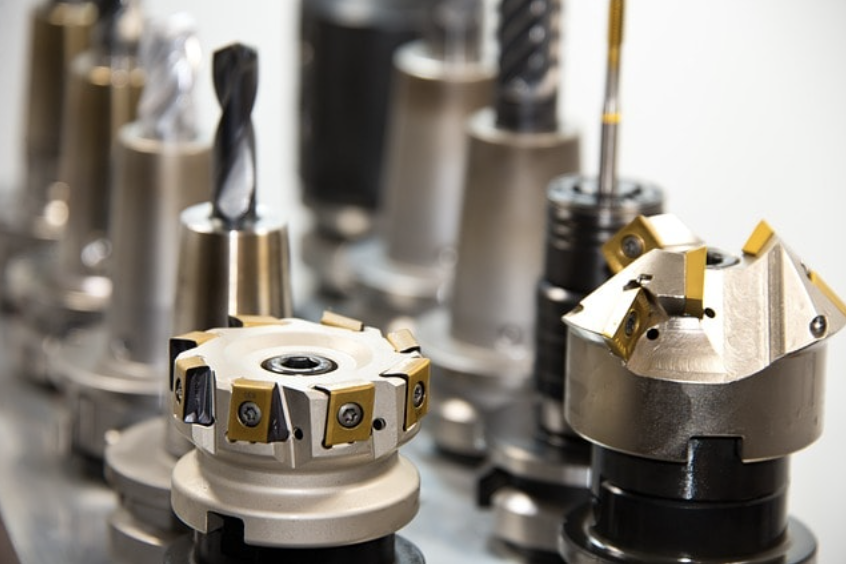Enhancing Battery Performance with Immersion Cooling

How can we help battery packs ensure efficient power delivery and longevity?
Immersion cooling is an approach to battery thermal management that promises advancements in battery lifetime. Unlike traditional methods, such as air-cooling or liquid cooling, immersion cooling submerges battery cells into a dielectric fluid used as a cooling medium.

Immersion cooling battery is an innovative approach for homogeneous temperature distribution and battery system thermal performance. Electric vehicle (EV) manufacturers can achieve better battery systems with the superior heat dissipation properties of immersion cooling, which prevents dangerous events such as thermal runaway.
While the article will focus on the EV, the technology has significant benefits for power electronics as well.

Introduction - Thermal Management Systems
Thermal management systems help to dissipate the heat generated during battery operation.
Dissipation can prevent unwanted battery thermal events, such as thermal runaway spreading from EV cells and potentially causing fires and explosions.
Choosing the Right Thermal Management System
Successful battery cooling systems must consider several key factors: efficient heat transfer, the specific application of the battery, desired performance (charging rates), compact design, safety and risk assessment, reliability and durability, and compatibility with various battery components.
It is important to implement the electric vehicle battery cooling techniques that ensure optimal battery pack performance. Of course, practical considerations of cost-effectiveness will tell us if the solution is for R&D - luxury segments or ready for mass deployment.
Therefore, we will mainly focus on the technical advantages but will also consider the cost-effectiveness effects.
Traditional Approach and New Immersion Cooling Battery Concept
Traditional cooling includes passive air-cooling systems, active air-cooling methods (where air is circulated in the battery pack and finally, liquid cooling systems for batteries (where a cooling fluid circulates in a circuit within or around cells without direct contact).
The immersion cooling method differs from any other battery cooling system. In an immersion-cooled battery, cells are submerged in a dielectric fluid. Dielectric fluids provide more efficient heat dissipation than other cooling systems.
Batteries are immersed in a thermally conductive fluid e.g. water-glycol, which has thermal conductivity properties promoting heat transfer. As batteries generate heat, the fluid absorbs heat away. This thermal management system yields a stable and uniform temperature distribution.

Dielectric Fluids
Dielectric fluids cool EV battery cells or data centers' electronic devices - they do not conduct electricity and act as insulators, without damage!
Dielectric fluids are at the core of the cooling system: when the components produce heat, the fluids remove it, keeping the components at safe temperatures.
Natural Convection
Fluids help move heat using natural circulation and exploiting buoyancy effects: as the fluid absorbs heat, it becomes lighter and rises, moving heat away from the components. Cooler fluid replaces the heated fluid, finishing the cooling process.

Steady Temperatures
Fluids help maintain a steady temperature around the components being cooled. They soak up and remove heat, keeping the temperature steady and ensuring battery cells work well.
Immersion Cooling Solutions
Each battery thermal management solution has pros and cons depending on the application's requirements, such as cooling capacity, space constraints, and thermal performance goals. Let us review the immersion fluids solutions.
Single-Phase Cooling
The single-phase approach submerges cells directly into a dielectric fluid, such as water-glycol, without additional phases or components. This simplicity streamlines the cooling process reducing the cooling system's complexity.
Two-Phase Cooling Technology
The two-phase coolant is a dielectric fluid that evaporates upon contact with hot surfaces: during evaporation it absorbs heat from the battery cells, cooling them down. The vapor condenses into liquid form and returns to the tank, completing its cycle.
Open Bath Cooling
Cells are immersed in a large tank filled with a dielectric fluid. The fluid is continuously circulated within the tank to maintain a consistent temperature around the cells. This is commonly used in large-scale applications requiring a high cooling capacity.
Closed-Loop Cooling
In closed-loop systems, the fluid is circulated through a circuit with heat exchangers and other components, for precise control over the temperature of the fluid and more efficient heat transfer from the cells to the coolant.
Hybrid Cooling
Some immersion cooling solutions combine both immersion and traditional cooling methods.
For example, a hybrid system may use immersion cooling for the primary dissipation of heat while incorporating additional components, such as heat pipes or liquid cooling plates, to enhance cooling efficiency.
.jpeg)
Critical Advantages of Immersion Cooling Technology
Immersion cooling offers several advantages, particularly for battery modules, particularly lithium-ion batteries. This technology is relevant in battery immersion cooling for EVs, where managing thermal runaway is critical.
Thermal Management and Safety of Battery Cells
Immersion cooling helps maintain optimal temperature ranges, reducing thermal stress and degradation. Consistent cooling minimizes wear and tear on battery components, leading to a longer lifespan.
Effective thermal management allows batteries to be charged at higher rates without overheating. This reduces charging times, making electric vehicles more convenient and efficient for users.
Immersion cooling mitigates the risk of thermal runaway, where overheating can lead to fires or explosions. This enhances the overall safety of batteries, particularly in electric vehicles.
Immersion cooling provides even cooling across all battery cells, preventing hotspots. This uniformity contributes to the battery pack's consistent performance and reliability.
Battery Range
With better thermal management, batteries can safely operate at higher energy densities. This translates to longer ranges for electric vehicles on a single charge, addressing one of the critical concerns of EV users.
Immersion cooling systems typically require less maintenance than traditional air or liquid cooling systems. The robust cooling solution reduces checks and replacements, giving lower maintenance costs.
Electric Vehicles Acoustics
Traditional internal combustion engine vehicles produce significant noise from the combustion process, valvetrain, piston, crankshaft, etc.
EVs are remarkably quiet, benefiting urban environments by contributing to quieter streets. Unlike air cooling systems that rely on fans, immersion cooling operates silently. This contributes to a quieter operation of the battery systems, improving the user experience in EVs.
Disadvantages
The luxury segment, with higher profit margins, can absorb these additional costs more easily than mass-market vehicles. Also, the development and implementation of immersion cooling require R&D, which is more justifiable for high-end vehicles where "cutting-edge technology" is a selling point.
Conclusions
Immersion cooling for the battery pack is an innovation in battery thermal management. Immersing the battery pack in dielectric fluids offers key advantages such as heat dissipation, smoother temperature gradient, and enhanced safety for EV drivers and passengers. This method provides measurable benefits such as prolonged battery life, faster charging, increased energy density, and reduced maintenance costs, making it a compelling solution!



